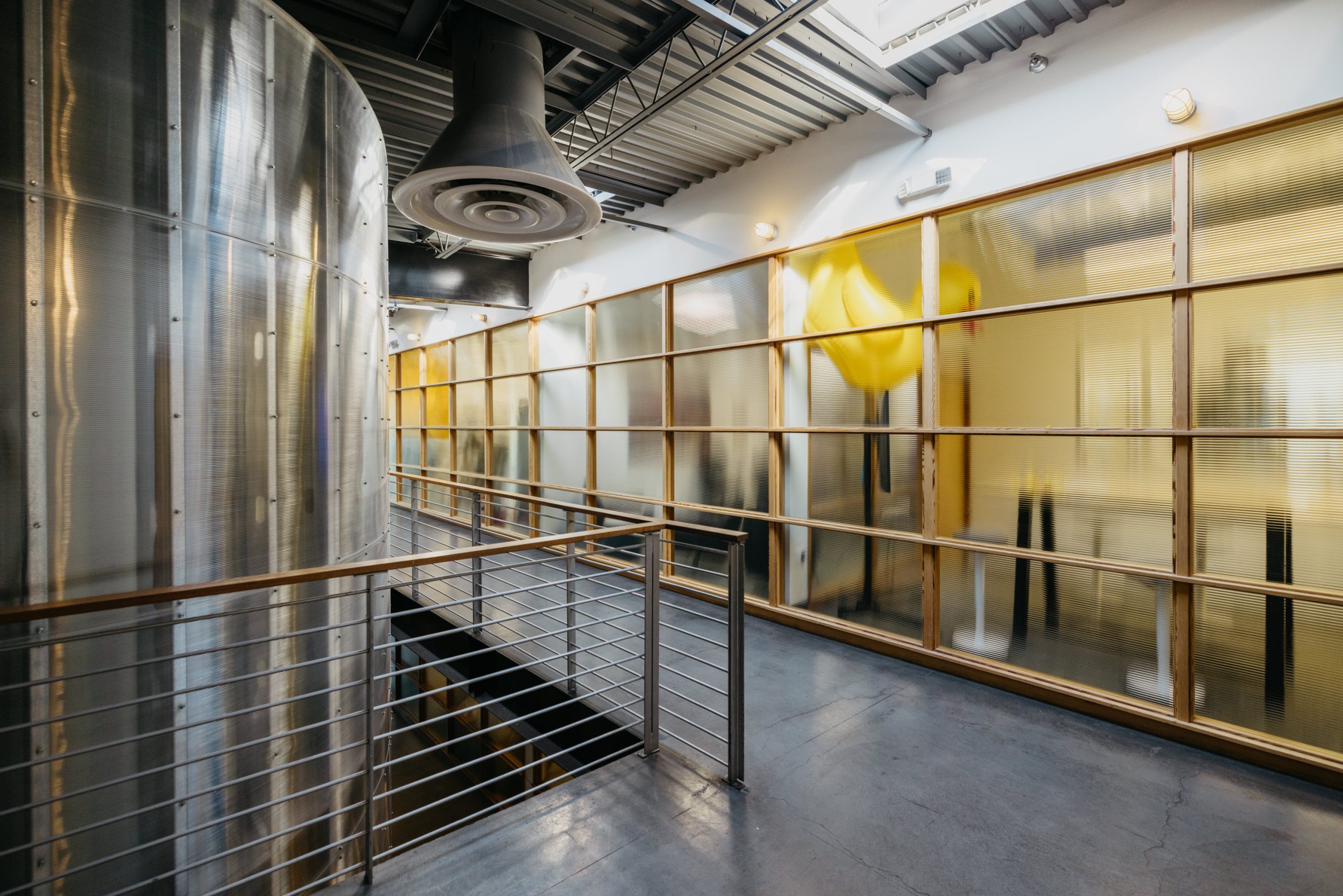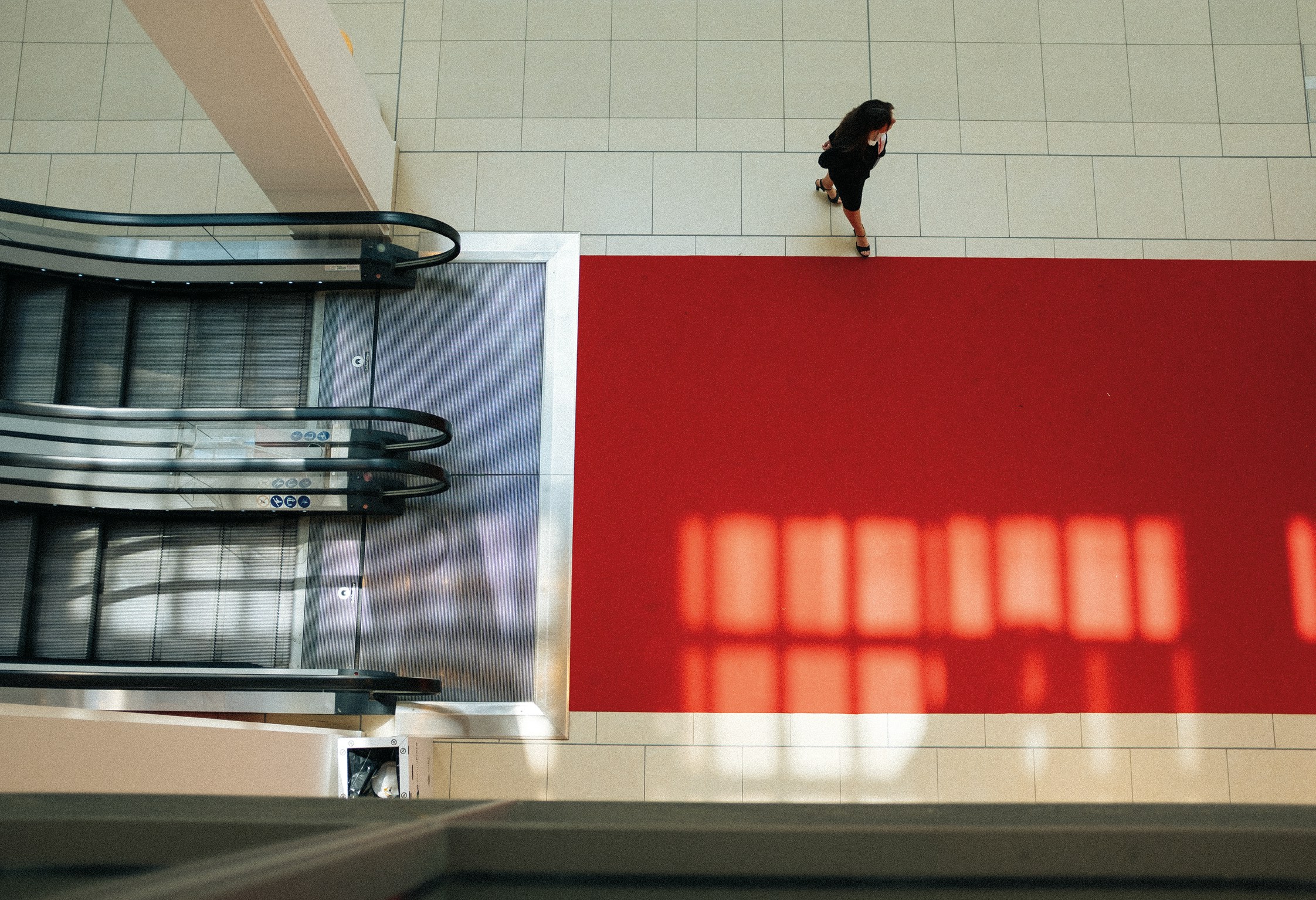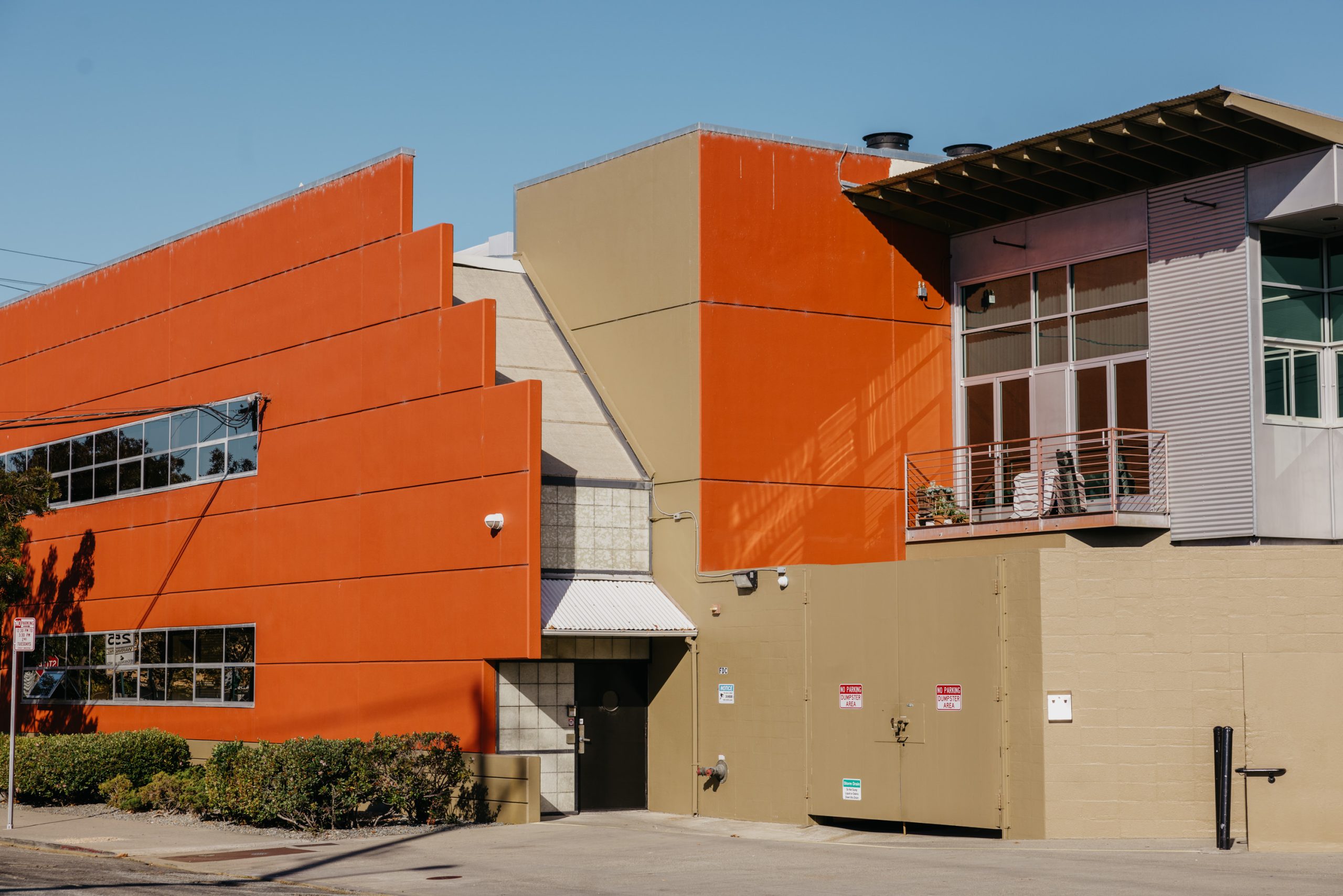Common Area Maintenance – The Basics
Common area maintenance is a core aspect of many commercial properties and often a point of confusion among owners and tenants.
This paper will highlight the various types of leases and the basics of estimates and reconciliations.
Gross, NNN, and Some Background
First, some background.
Common area maintenance (CAM) charges serve to compensate the owner for just what it sounds like: expenses related to the common area of the building. Although, that often means more than literally just common areas such as parking lots, lobbies, and bathrooms. The most notable CAM lease type is NNN (pronounced “triple net”) in which the tenant pays for all costs associated with the building (e.g. landscaping, roof repairs, gas and electricity, plumbing, management fees, miscellaneous repairs, etc.; all of which and more constitute the first “net”) as well as insurance and property taxes (the second and third “net” in NNN). Typically excluded from CAM are brokerage fees, tenant improvement costs, CPA fees, and, depending on the lease, capital expenditures if not included in CAM when amortized. Also excluded are any items that are billed back directly to one tenant. Tenants are responsible for their pro rata share which, most frequently, is their square footage divided by the rentable square footage of the property. A caveat is that every property and lease can vary; there is no single “right” answer, just common definitions.
The most common leases are:
- Gross. The tenants pay for rent and no more; it’s an all-in number.
- NNN. The tenants pay base rent as well as their pro rata share of all costs associated with operating the building.
- Modified gross with a base year. The tenants pay their pro rata share of all costs – the same categories as NNN – but only when they exceed their “base year”, usually the first year of their lease.
Leases may have exclusions (e.g. a first floor tenant will exclude elevator repair and maintenance) or call for charge-backs (e.g. a tenant with their own electric meter will pay directly and not pay for the house meter). Another common variation is to have a base year for taxes and insurance but no base year for the other expenses.
It is worth noting that a modified gross lease with a base year is similar to a gross lease but (1) puts a ceiling on the landlord’s exposure and, more importantly (2) incentivizes tenants to at least consider their usage such as electricity.
Estimates, Reconciliations, and Common Confusion
The mechanics of CAM estimates and reconciliations can span beyond the calendar year for which CAM is calculated. For the calendar year 2021, estimates can be completed as early as Dec 2020 and charged on Jan 1 st , 2021. Estimates are based on budgeted numbers and, for that reason, may be subject to change and revision if there is a material change to budget. Most leases do not limit when estimates may be revised nor by how much. For that reason, a landlord and management company often will do quarterly or semi-annual revisions if the property is above or below budget.
CAM reconciliations are completed after the close of the prior year and, in our example, would be done no earlier than Jan 2022. The reconciliation compares the total CAM expense that should have occurred per the lease and subtracts the total estimates actually paid. If the landlord collected too much in CAM estimates a credit would be due to the tenant, and vice versa if CAM estimates were too low. For base year leases, this is sometimes confused with the fact that, in most leases, the tenant is not due a credit if the expenses are below the base amount. In this scenario, the tenant’s CAM burden for the year is $0 and the tenant would only receive a credit if they had paid CAM estimates in the year.
Some common items of confusion are:
- Total burden. Tenants often compare the change in CAM estimates to determine their increase/decrease in total CAM burden. CAM can only be compared also including reconciliations. Especially if an estimate was too low, the mangement may increase it steeply the next year but, once the large reconciliation is factored in, CAM only increased mildly if at all.
- Percentage increase on base years. It is natural for base year tenants to see their CAM increased 10% and wonder how expenses increased 10%. Let us use a building with $100k of base year expenses that increase 3% per year. For simplicity, the tenant pays 100% of the building CAM. In year 2, the tenant pays $3k ($103k – $100k). In year 3, the tenant pays $6.1k ($106.1k – $100k). The CAM burden increased by 100% despite actual expenses going up 3%. The nature of the base year floor warps % comparisons.
CAM is an integral aspect of commercial properties.
A basic understanding of common aspects decreases both confusion of tenants who feel tricked and lost opportunities for owners who did not know what was owed to them per the leases at the property.
Written by Tyler Collins, CFO of Windsor Management



